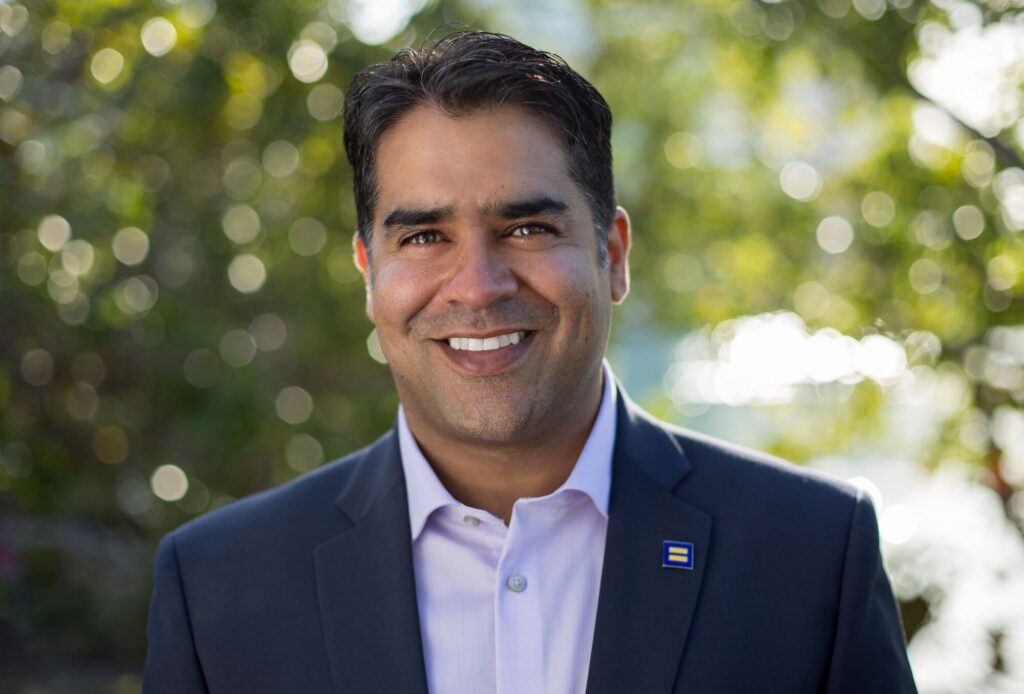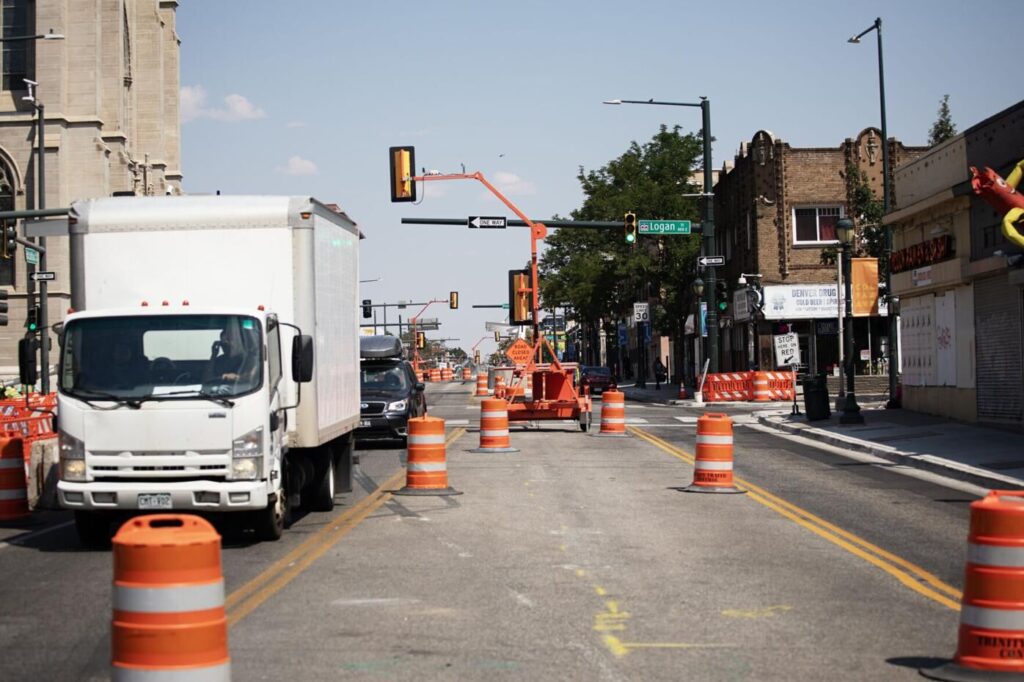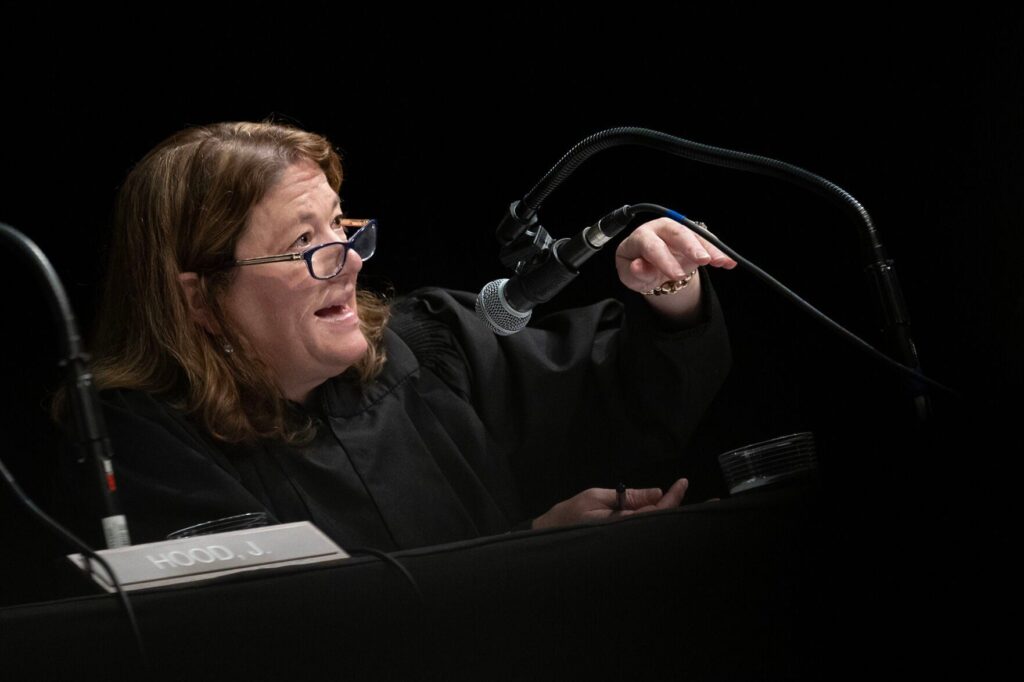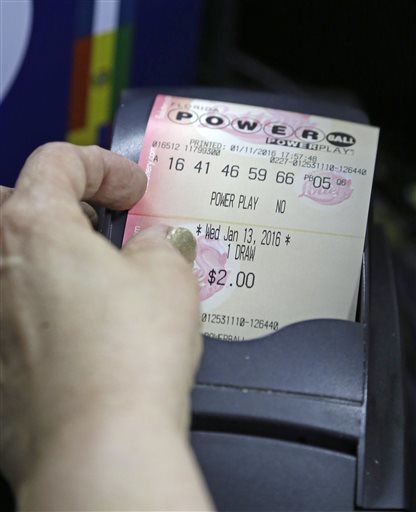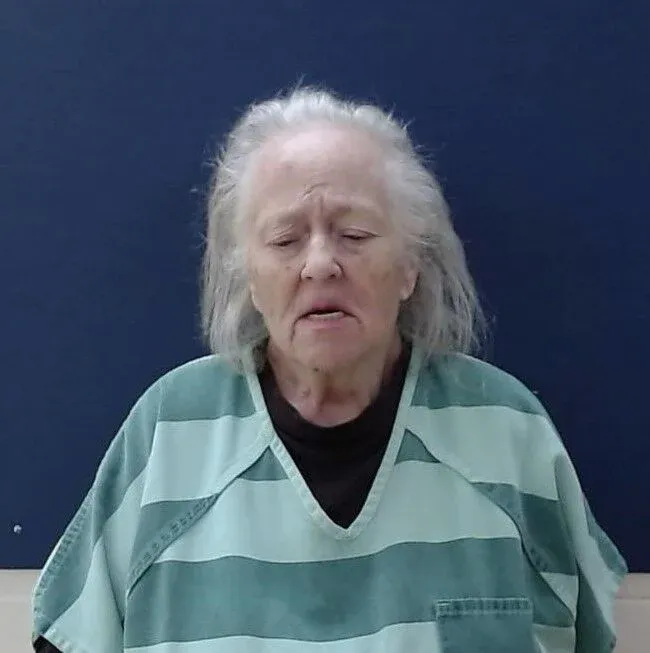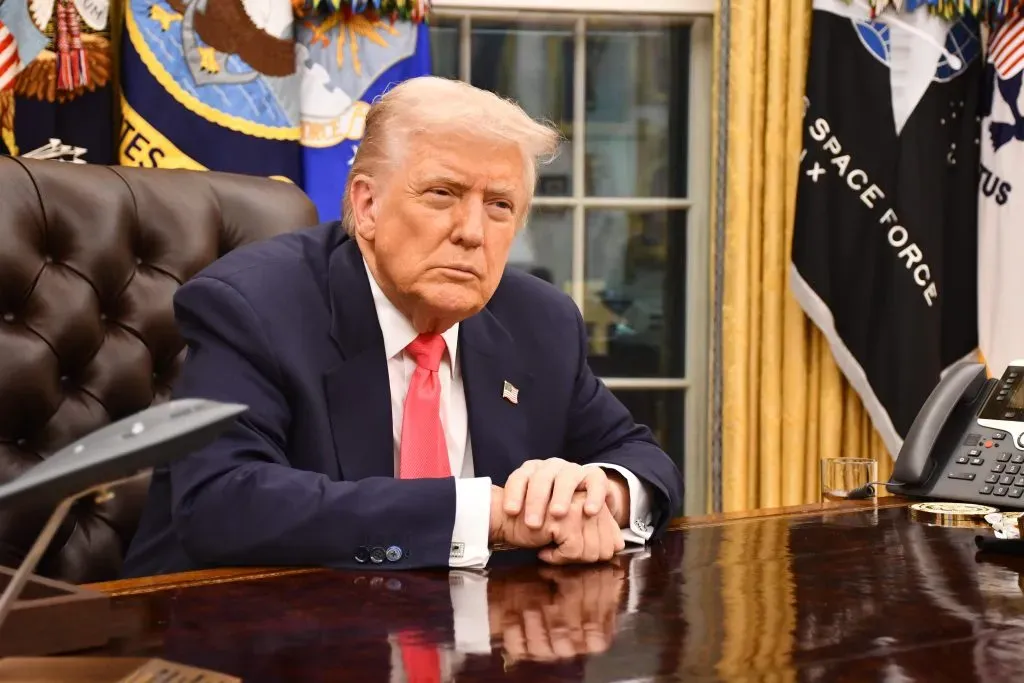Mail ballots credited for Colorado’s top spot in national voter turnout
Colorado voters turned out at higher rates than all but two other states in the Nov. 8 general election, with most credit given to mail-in ballots.
The 2016 general election was the first presidential election year with mail-in ballots used across Colorado, which had more than 71 percent of voters mark and return their ballots. Only Minnesota, with 74 percent, and New Hampshire, at 73 percent, were higher, according to figures from the United States Elections Project, an online information source that provides election statistics, electoral laws, research reports and other information regarding the U.S. electoral system. The national voter turnout average was 58 percent.
Michael McDonald, associate professor of political science at the University of Florida, oversees and updates the election information for the United States Elections Project. He said mail-in ballots serve as good reminders to voters “that an election is going on.”
“It also helps that the major parties concentrate a lot of time and effort in battleground states, and Colorado is considered a battleground state,” McDonald said. “That helps increase awareness, too, so the motivation for a voter is that they perceive their vote counts more, because all this attention means it must be a close election.”
Colorado’s same-day registration law also helps spur voter turnout, McDonald noted, while two other states – Washington and Oregon – also held their first mail-in ballot election this year. Oregon saw a 67 percent turnout rate, while Washington was at 65 percent.
More time to decide, high rate not unusual
Colorado Republican Party Chairman Steve House said mail-in ballots increase voter turnout because it pushes a one-day process to 22 days, the time from when ballots are mailed to voters through Election Day.
“And the clerks update lists of ballots they receive every day, so the parties can make sure we focus our get-out-the-vote efforts were they’re needed,” House said. “It’s gotten very sophisticated to the point where we rarely, if ever, contact a voter to ask them to vote and they’ve already turned their ballot in. That makes us more efficient.”
Republican political consultant and former Colorado Republican Party Chairman Dick Wadhams said while the all-mail-in ballot election was key to boosting voter turnout in this year’s election, it isn’t unheard of for Colorado to have a top turnout rate.
“Even before, Colorado had some of the highest absentee voting rates of around 80 percent,” Wadhams noted. “And both parties were competitive in their get-out-the-vote activity.”
Wadhams – who has also led campaigns for John Thune in South Dakota; George Allen in Virginia; Wayne Allard, Bob Schaeffer and Bill Owens in Colorado and Conrad Burns in Montana – also said turnout sometimes isn’t the top factor in winning elections.
National rate seen as good, given U.S. history
Overall, while the U.S. turnout rate of 58 percent in this year’s election can be looked at as low, if the goal is 100 percent turnout, McDonald said the rate is really on the high-end of more recent elections.
“Since 2000, we’ve seen increases in voter turnout, with a peak in 2008,” he said. “I think if you want to get dramatically higher turnout numbers, you’d have to dramatically change how we run our national elections.”
McDonald added that while turnout was in the 80 percent range in the 1880s, that was also the time of political machines and party bosses, “and I’m not sure we want to return to that time or that system.”
In general, since the 2010 elections, states with what might be termed more restrictive voting laws – no mail-in ballots or same-day registration, for instance – were Republican leaning, McDonald said, adding that the more Democratic leaning a state is, the more access it allows to the ballot through those methods and others. But McDonald pointed out mail-in ballots were not approved by Oregon’s legislature, they were accomplished through ballot measures and citizen petitions.
While some Colorado voters who returned their ballots shortly after receiving them might have wished to change a vote or two near or on Election Day, House said, those numbers are likely small.
“Having so much more data is really the story,” he added. “We know who tends to vote early or late, so it’s a lot easier to drive turnout.”
While having a huge turnout of party voters is important, Wadhams added, “it all depends on the quality of the candidate.”
“To Obama’s credit in 2008 and again in 2012, when they replicated what he did in 2008, the Democrats were very organized and energized for those elections,” he said. “This year, Hillary Clinton had a very sophisticated, very finely tuned and organized get-out-the-vote operation. But, as we saw, she still couldn’t do what Obama did just four years earlier. That’s why I think it’s the quality of the candidate that matters most.”
Wadhams said President-elect Donald Trump’s supporters showed “great enthusiasm in states where Clinton couldn’t win.”
Still, Wadhams indicated having a good voter turnout operation is an important part in all campaigns, “and with the governor’s race coming up in 2018, that’s something important to keep in mind.”
House said he would encourage other states to adopt the mail-in ballot system to boost turnout. “For the parties, it doesn’t take as many people, and less time than an Election Day-only process.”
This year, House said nearly 92 percent of the state’s Republicans cast ballots. While that was below the party’s turnout rate four years earlier, House expected the rate to rise in future elections, “because this election was just so strange.”
Asked if all states should adopt the mail-in ballot approach to future elections, Wadhams told The Statesman it depends on each state’s culture and tradition.
“Places like California and New York don’t have it but Colorado likes it,” he said. “And again, Colorado always liked the absentee ballot system, which was kind of a de-facto mail-in ballot. So it all depends on how voters respond.”
Efforts to reach Colorado Democratic Party Chairman Rick Palacio for comment were unsuccessful.


